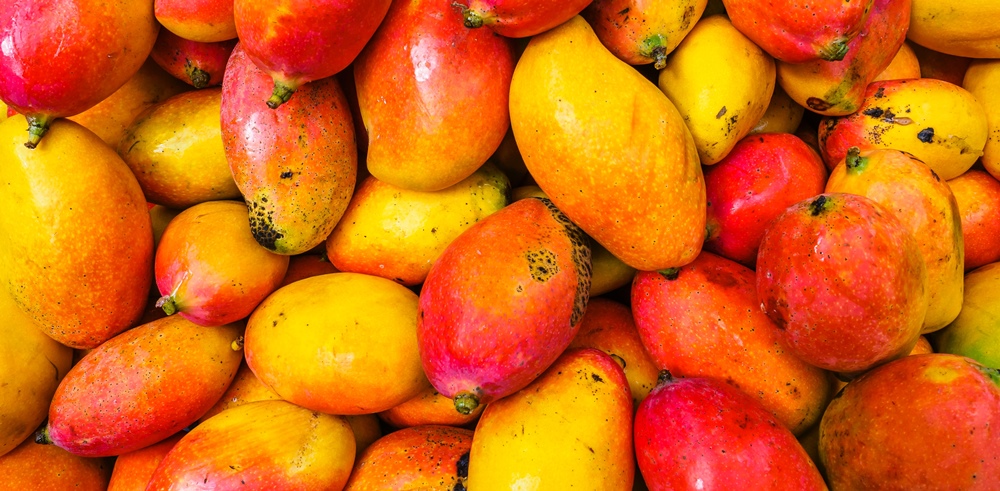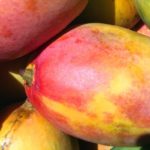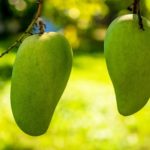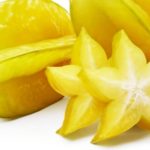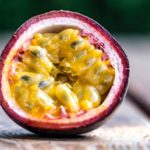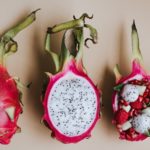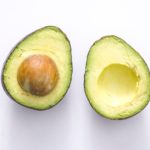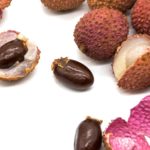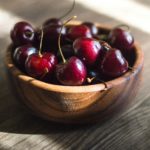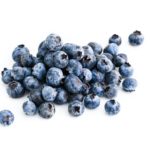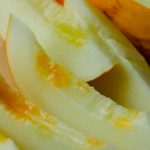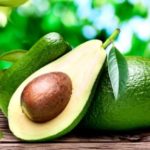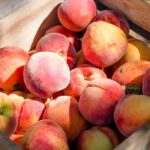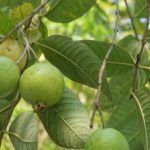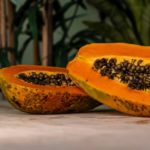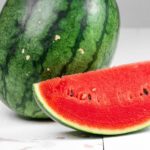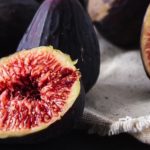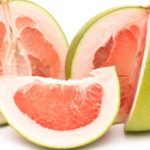Mango Fruit Nutrition Facts – 10 Interesting and Useful Facts
Mango is the most significant fruit on this planet. Everybody likes the mango for its sweet, juicy, and tasty flesh. The mango is an oval to egg-shaped fruit with smooth soft skin. The color of the skin varies from green to yellow or can be a combination of these two colors. Let’s check these 10 mango fruit nutrition facts and learn more about this fruit.
10 Mango Fruit Nutrition Facts
- First up, mangoes are rich in poly-phenolic flavonoid antioxidant compounds, minerals, pre-biotic dietary fiber, and vitamins which are building blocks in strong healthy functional bodies.
- New research studies have singled out the mango fruit as an agent that protects against breast, colon, prostate, and leukemia cancers. many trials carried out in relation to the polyphenolic antioxidant compounds present in mangoes have actively shown protection against colon and breast cancers.
- The best source of potassium would be a fresh mango, 100g mango fruit is rich in 156 mg potassium and only 2 mg sodium. Potassium is a mineral and a very important component of body and cell fluids controlling blood pressure and heart rate.
- Another fact – most nutritionists recommend a daily intake of mangoes which will boost and provide 25% or 765mg of your vitamin A daily intake. Flavanoids like alpha-carotene, beta-cryptoxanthin, and beta-carotene are also present in a 100g mango; all the components are known to contain antioxidant properties which are highly essential for vision. Vitamin A is also essential for skin maintenance and healthy mucus membranes, carotenes protect the entire body against oral cavity and lung cancers.
- Child benefit contact with the mango fruit is important in laying a nutritional foundation for their tender growing body systems; the vitamin B6 and C rich fruit are required for the daily growth of the body, vitamin B6 commonly known as pyridoxine is needed for the production of the GABA hormone in the brain. Another key aspect of the vitamin is its ability to control homocysteine levels in the blood which can be harmful to the blood vessels and result in a stroke or CAD. Vitamin C also helps the body to develop active resistance and immunity against infectious diseases.
- Notably, the fruit also composes copper in moderate amounts, copper is a mineral vital in many enzymes as a co-factor including superoxide dismutase and cytochrome c-oxide; again copper is needed for the active production of red blood cells.
- In totality, the whole fruit is very useful and you encounter minimal disposal, the mango peel is bustling with phytonutrients in relation to the pigment antioxidants such as the polyphenols and carotenoids.
- Indulge your senses with mangoes today, serve the mango in fruit salads, juice shakes, ice cream, and candy; raw, green, or unripe mangoes are also used in the preparation of chutney and pickles which are additives in most foods.
- Mango trees are shade trees and make nice landscape specimens. The tree is tall, large, and upright with dark or pale green leaves. Flowers are borne in inflorescence in dense panicles. The fruits grow at the end of the long string-like stem.
- Always remember, pick a mango from a tree when it is ripe to get the maximum nutrition.
Hope you enjoy these 10 interesting and useful facts about mango fruit.
